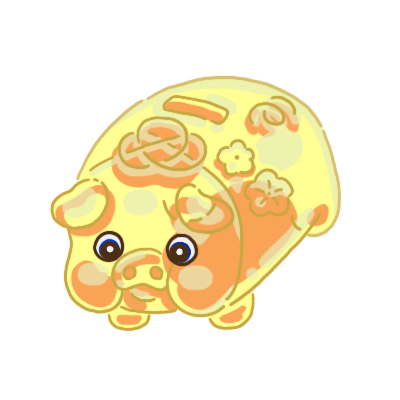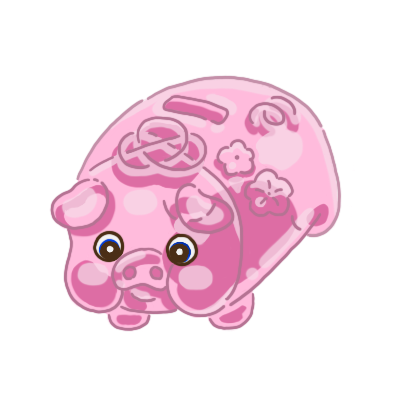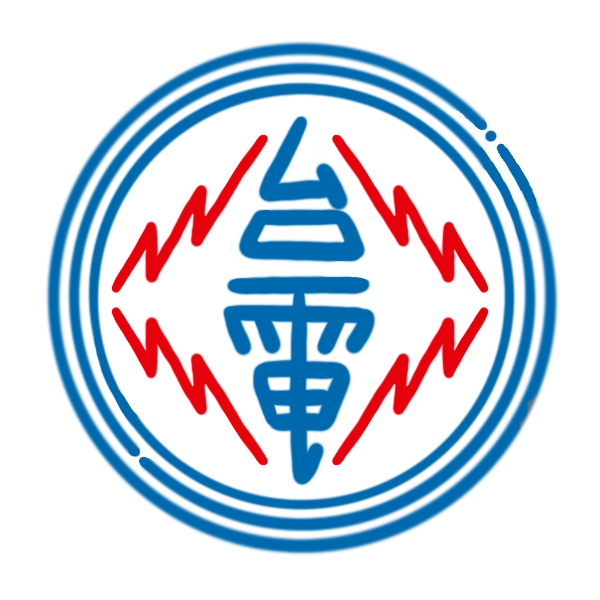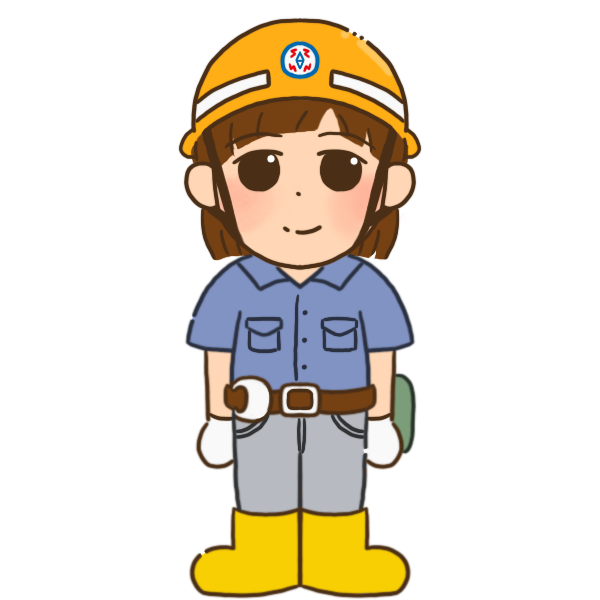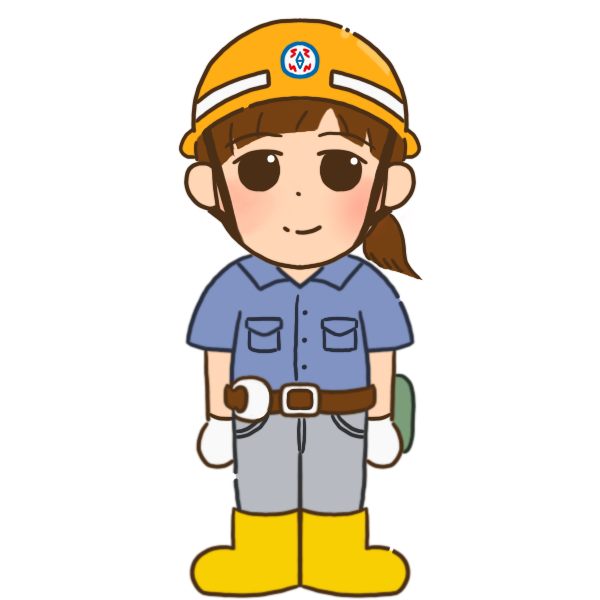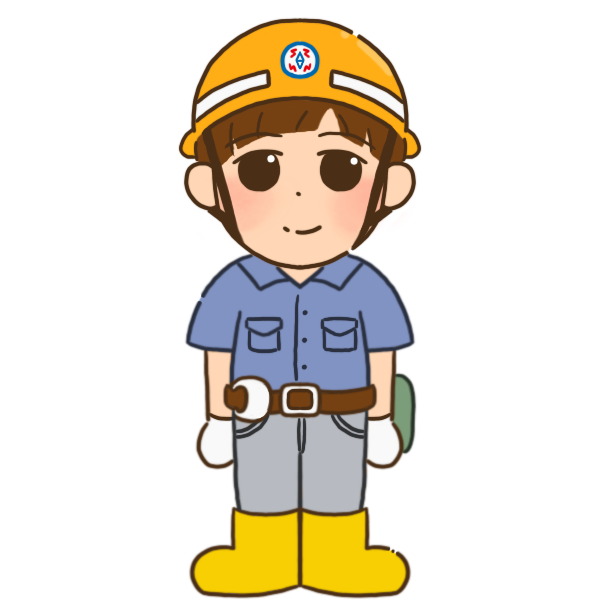Mom, plz gimme $10!
Don't eat too much or you'll get killed!
The variety of Taiwanese culture weaves together just like the three primary colors of Gaji Bags.
* Gaji bags, so-called ka-tsì, initially woven by rice farmers seeking extra income, were crafted from "short-leaved Malacca galingale", a plant abundant in nearby marshes and rice fields.
The name comes from Japanese ”gaki-ami (かぎ編み)", which refers to its weaving technique. During Taiwan's industrialization in the 1960s, Gaji bags transitioned from plant to machine-sewn nylon mesh, offering higher durability and affordability.
Nowadays, it has also transitioned from grocery shopping bags for grandpas and grandmas into fashionable and popular "Taiwanese LV bags" that represent Taiwanese style.
Diabolo (Chinese Yo-yo) (Blue)
Upload Date: 2025-07-13
"Spider Weaving Web", "Dragonfly Skimming the Water", and "Golden Roosters Stands Proudly"!
* Diabolo trick names:
蜘蛛結網 — Spider Weaving Web:
This move often involves crossing and looping the diabolo string in intricate patterns, much like a spider spinning its web. It usually results in a "cat's cradle"-like structure, with elegant string formations around the diabolo. It emphasizes balance, tension, and rhythm.
蜻蜓點水 — Dragonfly Skimming the Water:
A light, swift contact trick where the diabolo or stick gently taps on the string, hand, or floor, and instantly lifts off again. The name suggests the movement of a dragonfly lightly skimming the surface of water — fast, minimal, and graceful. It's often used to show control and finesse.
金雞上架 — Golden Rooster Stands Proudly:
This move usually refers to a one-legged pose or a vertical hold—often where the diabolo is suspended or balanced with one hand or stick lifted high, like a rooster perching on a bar. It's a display move, highlighting poise and precision, sometimes used as a finish to a combo.
The logo was actually yellow during the Japanese colonial period!
* Taiwan Power Company (Tai-Power) is a state-owned enterprise and the primary executor of Taiwan’s energy policies. It is responsible for providing electricity to the main island of Taiwan, as well as to Penghu, Kinmen, and Matsu. With a history tracing back to the Japanese colonial period, Taipower has long played a crucial role in Taiwan’s economic development and public utilities.
Taiwan lies at the intersection of tropical and subtropical zones and frequently experiences typhoons during summer. While typhoons bring valuable rainfall to the island’s limited land area, they also often cause natural disasters, particularly affecting agriculture, transportation, and the stability of the power grid. Each year, Taipower must respond to these weather challenges by reinforcing its infrastructure to ensure a reliable electricity supply.
A Tai-Power Employee with a bob haircut. Salute to Tai-Power employees after typhoons!
* Taiwan Power Company (Tai-Power) is a state-owned enterprise and the primary executor of Taiwan’s energy policies. It is responsible for providing electricity to the main island of Taiwan, as well as to Penghu, Kinmen, and Matsu. With a history tracing back to the Japanese colonial period, Taipower has long played a crucial role in Taiwan’s economic development and public utilities.
Taiwan lies at the intersection of tropical and subtropical zones and frequently experiences typhoons during summer. While typhoons bring valuable rainfall to the island’s limited land area, they also often cause natural disasters, particularly affecting agriculture, transportation, and the stability of the power grid. Each year, Taipower must respond to these weather challenges by reinforcing its infrastructure to ensure a reliable electricity supply.
A Tai-Power employee with a ponytail. Salute to Tai-Power employees after typhoons!
* Taiwan Power Company (Tai-Power) is a state-owned enterprise and the primary executor of Taiwan’s energy policies. It is responsible for providing electricity to the main island of Taiwan, as well as to Penghu, Kinmen, and Matsu. With a history tracing back to the Japanese colonial period, Taipower has long played a crucial role in Taiwan’s economic development and public utilities.
Taiwan lies at the intersection of tropical and subtropical zones and frequently experiences typhoons during summer. While typhoons bring valuable rainfall to the island’s limited land area, they also often cause natural disasters, particularly affecting agriculture, transportation, and the stability of the power grid. Each year, Taipower must respond to these weather challenges by reinforcing its infrastructure to ensure a reliable electricity supply.
A Tai-Power employee with a short haircut. Salute to Tai-Power employees after typhoons!
* Taiwan Power Company (Tai-Power) is a state-owned enterprise and the primary executor of Taiwan’s energy policies. It is responsible for providing electricity to the main island of Taiwan, as well as to Penghu, Kinmen, and Matsu. With a history tracing back to the Japanese colonial period, Taipower has long played a crucial role in Taiwan’s economic development and public utilities.
Taiwan lies at the intersection of tropical and subtropical zones and frequently experiences typhoons during summer. While typhoons bring valuable rainfall to the island’s limited land area, they also often cause natural disasters, particularly affecting agriculture, transportation, and the stability of the power grid. Each year, Taipower must respond to these weather challenges by reinforcing its infrastructure to ensure a reliable electricity supply.
